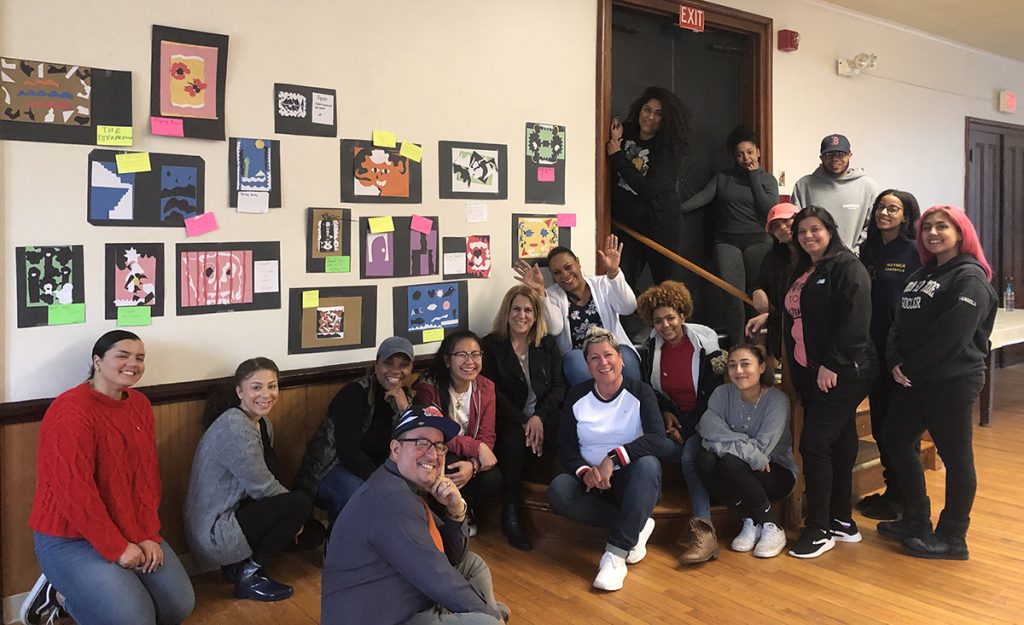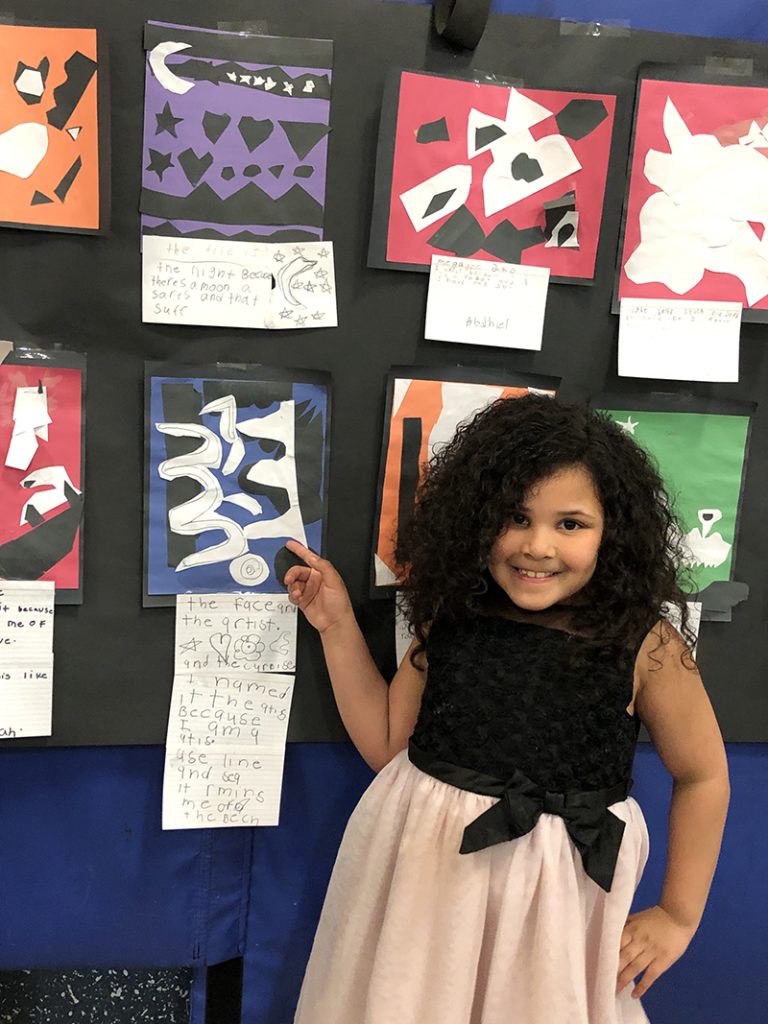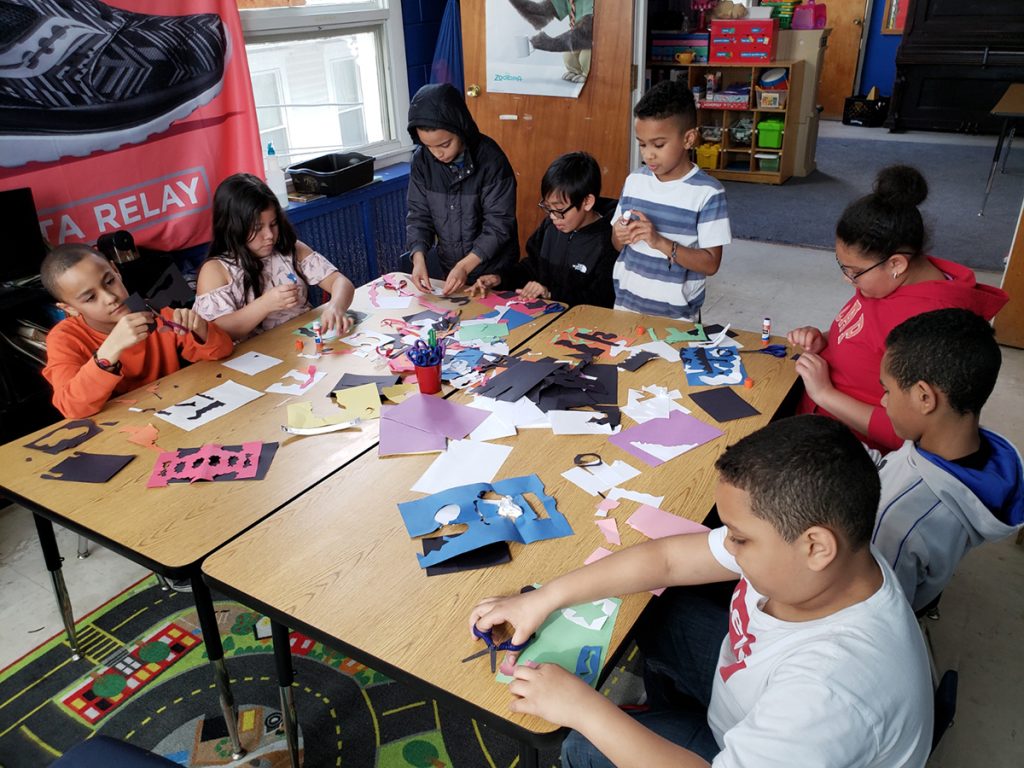Power of Culture Blog
Creative Youth Development Organizations in this Challenging Time
Their concerns, needs, and wisdom
Katie Magrane, Executive Director, Innovation Learning Center and Diane Daily, Program Manager, Mass Cultural Council

Creative Minds Out of School was designed to “bring more art to more kids” by creating a rich and vibrant curriculum and then training after-school and out-of-school educators across Massachusetts to use that curriculum.
Mass Cultural Council, in partnership with Innovation Learning Center, Davis Publications, and Cathy Weisman Topal, developed the nationally-distributed Creative Minds curriculum in 2010. Since then, 1,850 after-school teachers have been trained in how to support the development of children’s art understanding, exploration, experimentation, and self-expression. As a result of these trainings, more than 37,000 school age children across the Commonwealth have experienced the arts and the artmaking process in ways that will stay with them for a lifetime. As the sun sets on our 12-year long effort, we wanted to celebrate the remarkable work that has impacted thousands of children’s lives and recognize how significant progress can be made by leveraging partnerships.

Creative Minds Out of School was an ambitious project:
The arts-based, project-based, inquiry-based curriculum introduced young people to the joy and wonder of viewing and creating art and capitalized on their natural curiosity and readiness to create. Each of the Creative Minds curriculum units set forth an investigative, exploratory approach to encountering artists’ tools, materials, and ways of thinking. Each lesson was developed to be easily used by educators, regardless of their previous art experience. Furthermore, the Creative Minds curriculum was designed to create an environment that built each child’s confidence in his or her own creative abilities, and foster respect for the creative abilities of others. The hands-on professional development component gave educators an opportunity to practice ways of viewing and making art with their students while also discussing strategies to engage parents and schools and build community within an organization. The program emphasized the importance of allowing children to express themselves creatively by giving them – and their teachers – the tools and skills to explore the arts in new and exciting ways.
The program has had a far-reaching impact. Thousands of children who otherwise might never have had the opportunity to engage with the arts in a meaningful and individualistic way have creatively explored a range of artistic disciplines and artists.

The project has laid the groundwork for further innovation in arts education, inspiring others to take up the mantle and continue the important work of bringing the arts to children who might otherwise miss out. The legacy of Creative Minds Out of School will live on, inspiring generations of children to explore their creativity and reach their full potential.